A while back, I wrote a blog on cobb testing and how it impacts manufacturing UN fibreboard boxes.
Cobb testing is an essential component in the production of UN boxes; however, it is not the only element that box manufacturers in the dangerous goods world have to pay close attention to. UN box manufacturers have the daunting task of making sure that the materials used to make UN boxes match up with the material of the boxes used during the UN testing. But how close of a match does it have to be, and what are the materials used to make up a UN fibreboard box?
What are Fibreboard Boxes Made of?
Fiberboard boxes are essentially made of corrugated paper. This is why many refer to fibreboard boxes as corrugated boxes. Different types of corrugated paper are combined with an adhesive to create corrugated board. This corrugated board comes in different colors, usually kraft (brown like in the picture below) or white.
There are several layers in corrugated boards; there are liner boards and a fluted medium. Liner boards are the thin facings that you see on the outside and inside of the box, and fluted mediums are the wavy-looking inner arches that are attached in between the liner boards with a starch-based adhesive. Essentially corrugated board is like a sandwich, with the liner boards being the bread and the fluted mediums being the meat inside. The fluted mediums come in several sizes, the more common ones being B Flute and the larger C flute.
Corrugated board comes in many different forms; single-wall as referenced in the picture above, consisting of one fluted medium and two liner boards; double-wall consisting of two flutes and three liner boards; and triple-wall consisting of three flutes and four liner boards.
What is Basis Weight?
The basis weight of the paper that makes up corrugated board is measured in lbs/1000 sq. ft., and it directly impacts paper strength. In other words, the higher the basis weight of the corrugated paper, the stronger it is. For example, the corrugated board that makes up the box below has a board grade combination of 42-23-42.
What this means is that the basis weight of the paper being used in the corrugated board is 42 pounds per 1000 square feet for the outer Liner, 23 pounds per 1000 square feet for the fluted medium, and 42 pounds per 1000 square feet for the Inner liner. (see picture below)
If we wanted to create a stronger box, we might consider switching the inner medium to paper that is heavier, for example 33 pounds per 1000 square feet instead of 23. Seems easy enough, right? Well, when producing boxes that are UN certified, we must be very careful not to make any considerable changes to the basis weight of the corrugated board used to make the boxes. Per the 49 CFR 178.516(b)(7), you cannot vary by more or less than 10% of the corrugated board from the boxes that were used during the UN testing per below:
(7) Authorization to manufacture, mark, and sell UN4G combination packagings with outer fiberboard boxes and with inner fiberboard components that have individual containerboard or paper wall basis weights that vary by not more than plus or minus 10% from the nominal basis weight reported in the initial design qualification test report.
There is a similar regulation for boxes produced in Canada that is found in the TP14850 at 8.1.2.7. The basis weight information for the tested box can be found in the UN test report. It is up to the manufacturer to make sure that all boxes being produced do not go outside the 10% basis weight threshold that is referenced in the UN test report; going outside that threshold would make the boxes non-compliant. Regarding UN boxes, here at ICC, we offer an array of UN packaging that is compliant across all of the various regulations in regards to both basis weight and cobb testing. If you are interested, please visit the link below or call us at 1-888-442-9628.
Stay up to date and sign up for our newsletter!
We have all the products, services and training you need to ensure your staff is properly trained and informed.
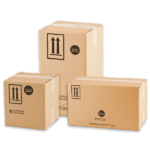 UN Approved Packaging |
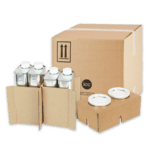 Custom Packaging Design |


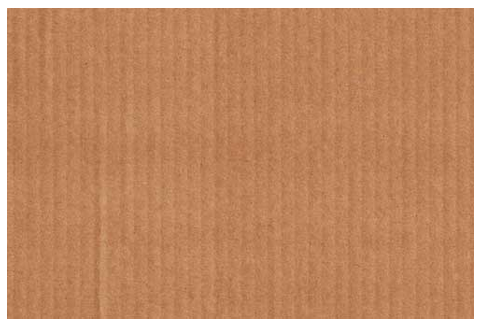

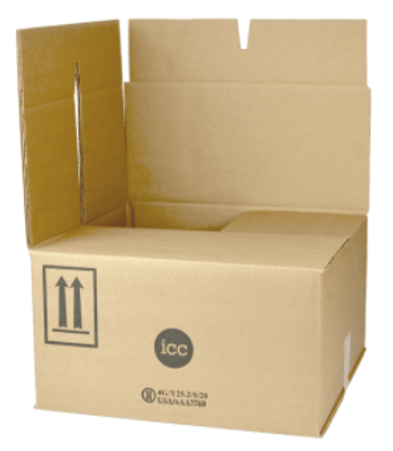

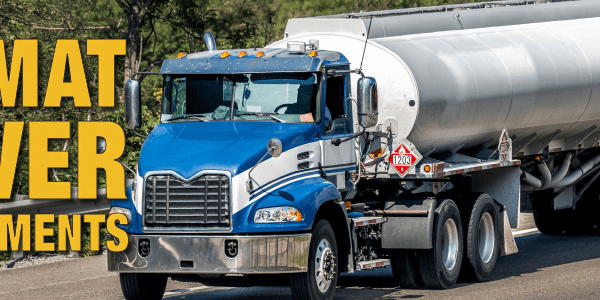

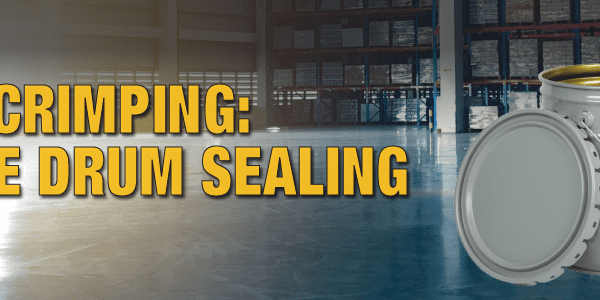


 ICC USA
ICC USA ICC Canada
ICC Canada